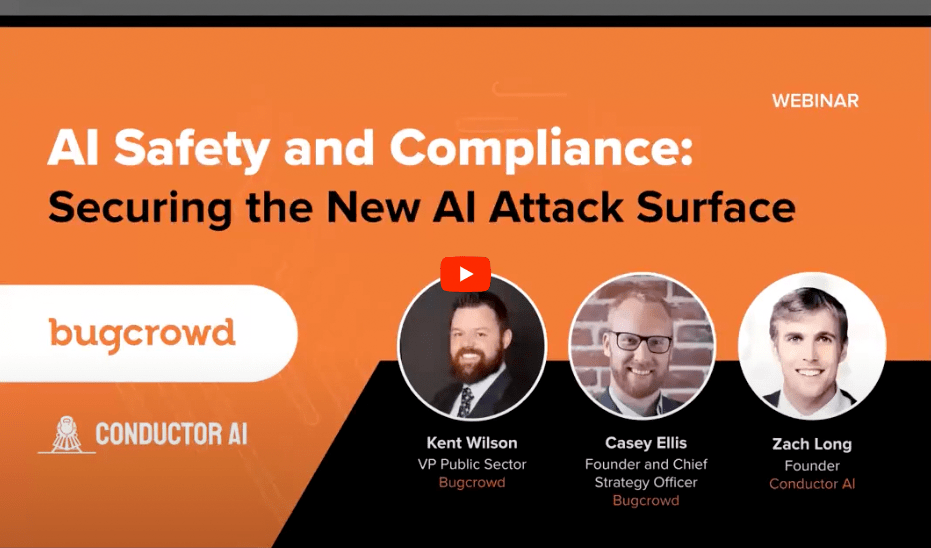
Adopt AI with confidence
The adoption of LLM applications and other AI systems promises revolutionary competitive advantages, just as technologies like mobile apps, cloud computing, and IoT did in the past. However, as with any new technology wave, AI adds significant new vulnerabilities to the attack surface involving security, ethics, and behavior, with the risk often amplified by deep integration with other systems. Vulnerability types include:
- Prompt Injection
- LLM Sensitive Data Exposure
- Excessive Agency
- Data Bias
By minimizing these risks, AI adopters can move forward productively and with confidence.
What is AI security?
AI has three significant roles: tool, target, and threat
Both sides of the security battlefield will use AI systems to scale up their attacks/defenses. For example, threat actors may use content generator bots to create more convincing spear phishing attacks while security teams can train AI models to detect abnormal usage within milliseconds.

Threat actors will exploit vulnerabilities in companies’ AI systems. AI systems usually have access to data and other services, so threat actors will also potentially be able to breach such systems via the AI vector.

Some fear AI models could cause insidious harm. We’ve already seen incidents where LLM applications have reflected bias and hateful speech in their behavior due to their presence in training data.




